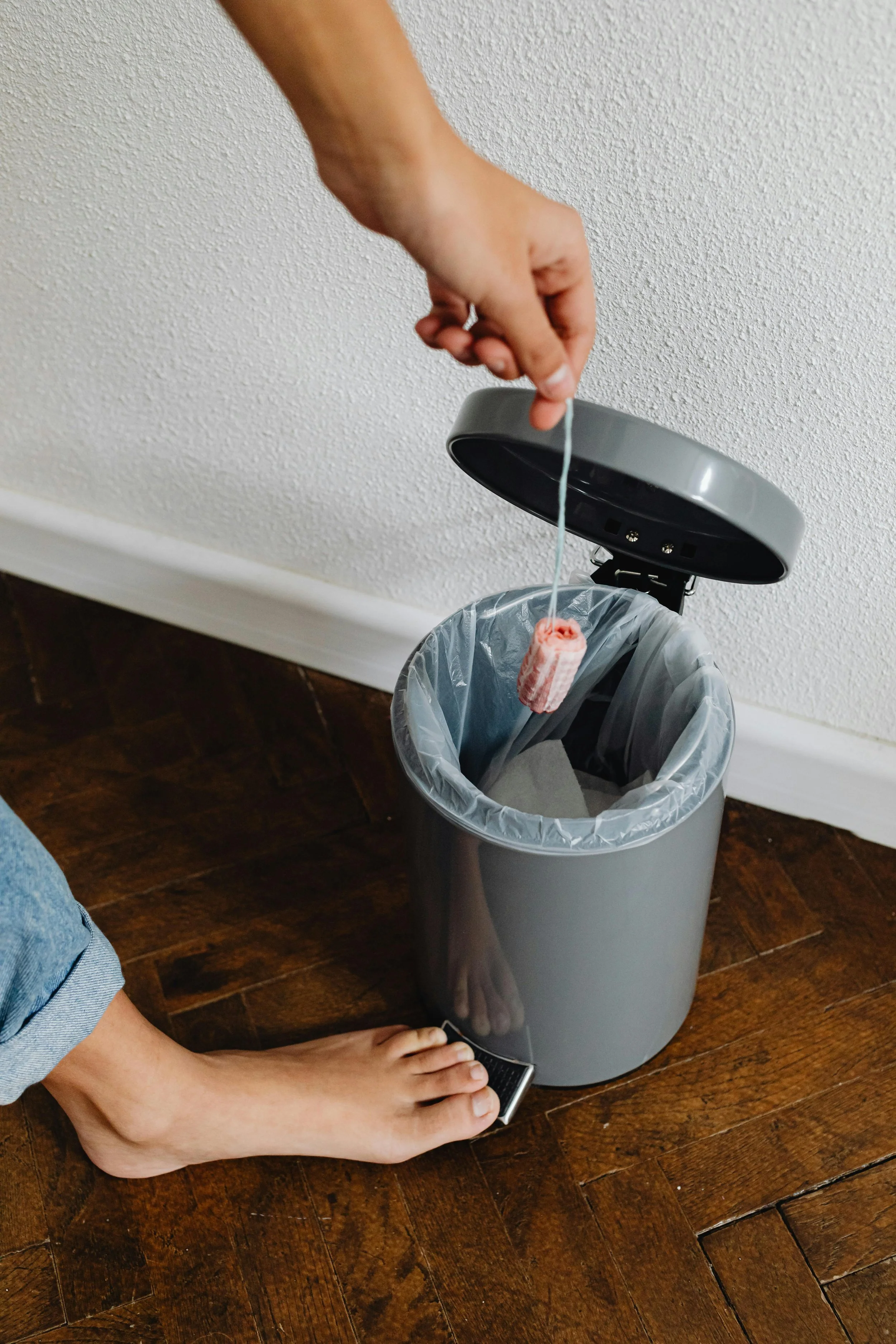Navigating your period can involve a whirlwind of questions, especially when it comes to choosing the right menstrual products. Tampons, a popular choice for many, offer comfort and discretion during your flow. But with so much information out there, it's understandable to have questions. This guide aims to answer all your tampon queries in a clear, informative, and compassionate way.
What is a Tampon?
A tampon is a small, absorbent cylinder typically made from cotton or rayon fibers. It's inserted into the vagina to absorb menstrual blood internally, offering a comfortable and leak-proof experience during your period.
Who Invented the Tampon?
The history of tampons stretches back centuries, with evidence of their use in ancient Egypt and Rome. However, the modern tampon, as we know it today, was patented by Dr. Earle Haas in 1931.
How to Insert a Tampon?
Inserting a tampon can feel daunting at first, but with practice, it becomes second nature. Here's a simplified guide_
Wash your hands thoroughly with soap and water.
Unwrap the tampon and choose a comfortable position, like sitting on the toilet or squatting.
Gently separate the labia with your fingers and locate the vaginal opening.
Hold the tampon by the string and slowly insert it into the vagina at an angle towards your tailbone.
Push the tampon in until you can no longer feel it, and then gently adjust the string for comfort.
Can You Pee with a Tampon In?
Absolutely! The vagina and urethra are separate openings. You can easily urinate with a tampon inserted without any issues.
Can You Flush a Tampon Down the Toilet?
No, never flush a tampon down the toilet! Tampons are not designed to dissolve in water and can clog plumbing systems. Always dispose of tampons in a designated bin.
How Long Can You Leave a Tampon In?
Tampons are designed to be worn for a maximum of 8 hours. It's crucial to change your tampon regularly to prevent the growth of bacteria and potential health risks like Toxic Shock Syndrome (TSS).
Can You Sleep with a Tampon In?
While sleeping with a tampon is generally safe for shorter periods (less than 8 hours), it's recommended to change it before bedtime to avoid exceeding the recommended wear time. Consider using pads or period underwear for overnight protection.
Can You Swim with a Tampon In?
Tampons are perfectly safe for swimming. The tampon absorbs menstrual blood, not water, so you can enjoy your swim without worry.
Can You Shower with a Tampon In?
Showering with a tampon is completely safe. The water won't remove the tampon, and it will continue to absorb menstrual flow effectively.
Different Tampon Sizes_
Tampons come in various sizes to cater to different flow levels_
Light: Ideal for lighter flow days or for those new to tampons.
Regular: Suitable for moderate flow days.
Super: Designed for heavier flow days.
Super Plus_ Meant for very heavy flow days.
Choosing the right size is crucial for comfort and leak prevention. Start with a lighter size and adjust based on your individual needs.
Something to consider_ Toxic Shock Syndrome and tampons
TSS is a rare but serious condition caused by bacterial overgrowth. While the risk of TSS associated with tampon use is very low, it's crucial to be aware of the symptoms_
Sudden high fever
Flu-like symptoms
Vomiting
Diarrhea
Dizziness
Fainting
Redness of the skin, especially around the palms and soles
If you experience any of these symptoms while using a tampon, remove it immediately and seek medical attention promptly.
Conclusion
Tampons can be a safe and convenient menstrual care option for many individuals. By understanding their proper use, limitations, and potential risks, you can make informed choices and navigate your period with confidence and comfort. Remember, if you have any concerns or questions, consult with your healthcare provider.




